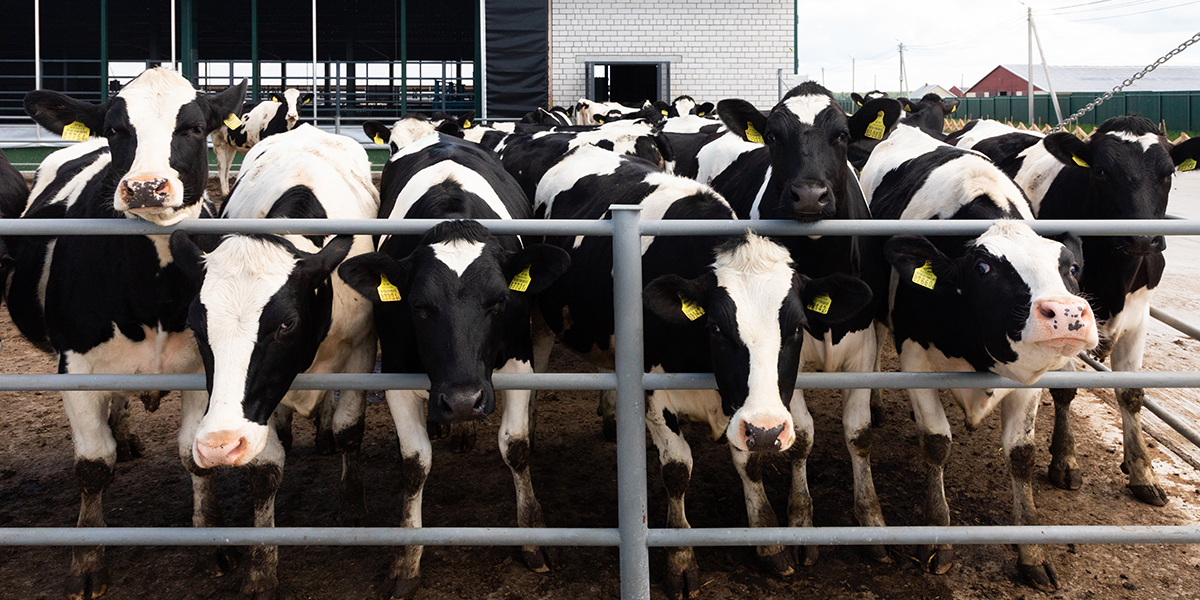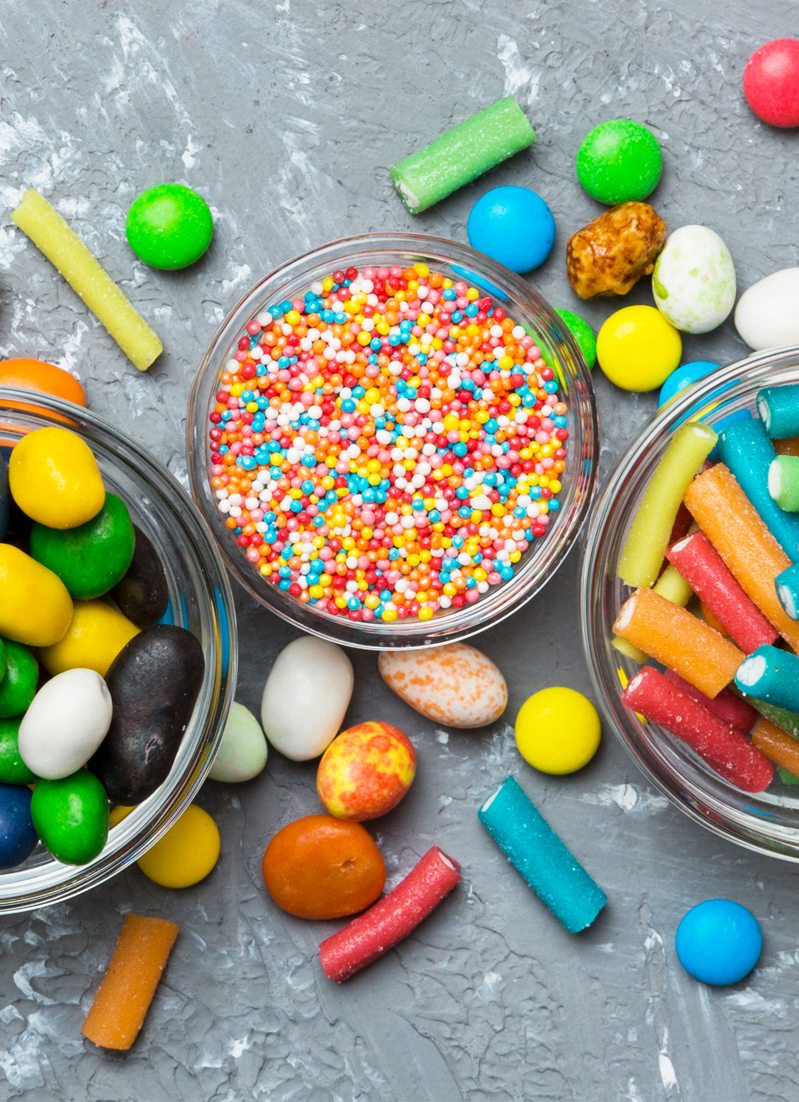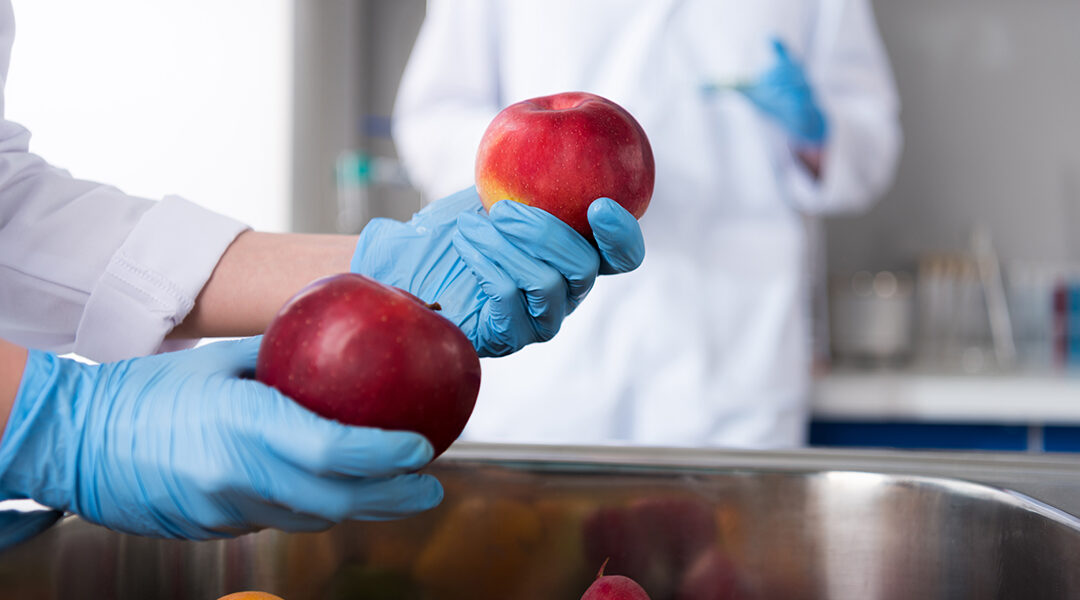There’s a growing conversation in the US about the safety of our food supply and for good reason. Many Americans are beginning to examine the ingredients in everyday foods and compare them to international standards. One striking example is the difference between U.S. and European Union (EU) regulations. The EU is known for its rigorous approach to food safety, particularly when it comes to chemicals that may disrupt hormones, affect development, or increase cancer risk. These aren’t rare or obscure substances, they’re found in the foods many of us eat every day.
Understanding the difference between what’s allowed here and what’s banned elsewhere can help consumers make more informed choices and spark meaningful discussions about public health policy.
Hormones in Meat and Dairy
In the U.S., it’s legal to use synthetic hormones to increase milk and meat production. Recombinant bovine growth hormone (rBGH or rBST) is administered to dairy cows to stimulate greater milk output, and beef cattle may be treated with hormones like estradiol, progesterone, and testosterone to accelerate growth and maximize yield. While these practices increase efficiency and profit, they raise serious health concerns. Studies suggest a potential link between these hormones and increased risks of cancer, especially breast and prostate cancer, due to hormone-sensitive cell proliferation.
In contrast, the EU banned the use of all growth hormones in beef and dairy production back in 1989. The decision was based on scientific reviews showing that the risks to human health outweighed any agricultural benefit. European regulators have since maintained this stance, emphasizing the need to protect consumers from hormone exposure through food.

Chlorine-Washed Chicken
To reduce contamination from bacteria like salmonella and E. coli, U.S. poultry processors routinely rinse chicken in chlorine-based solutions after slaughter. While this method is intended to kill pathogens, critics argue that it compensates for poor hygiene practices earlier in the production chain. Moreover, there are concerns that chlorine washing could reduce the nutritional quality of meat or leave chemical residues.
The EU takes a very different approach. Since 1997, chlorine-washed chicken has been banned, and European regulations prioritize better hygiene throughout the entire meat production process. Rather than treating contamination after it happens, EU law requires preventive measures to keep pathogens out in the first place—through cleaner facilities, more humane handling, and stricter oversight.
Potassium Bromate in Baked Goods
Potassium bromate is a chemical additive used in U.S. commercial baking to strengthen dough and improve its texture. It helps bread rise higher and look more appealing. However, potassium bromate has been classified as a “possible human carcinogen” by the International Agency for Research on Cancer (IARC). Animal studies have linked it to kidney, thyroid, and gastrointestinal cancers.
Because of these risks, potassium bromate is banned in the EU, Canada, and many other countries. Despite mounting scientific evidence and global regulatory shifts, the U.S. still allows its use in a variety of baked goods found in grocery stores and fast-food restaurants.
Azodicarbonamide (ADA)
ADA is another flour treatment agent used to condition dough and bleach flour for an appealing white color. It’s commonly found in:
Hamburger buns
Frozen pizzas
Packaged baked goods
When heated, ADA can break down into compounds like semicarbazide and urethane—substances that have raised concerns for potential carcinogenic effects. Additionally, ADA has been linked to respiratory issues like asthma, especially in workers exposed to it during manufacturing.
The EU has banned azodicarbonamide in food products, citing insufficient safety data and the precautionary principle. In the U.S., however, it remains widely used in mass-produced baked goods, though some food chains have phased it out due to public pressure.
BHA and BHT in Processed Foods
Butylated hydroxyanisole (BHA) and butylated hydroxytoluene (BHT) are preservatives used to extend shelf life in a wide range of packaged food:
- Cereal
- Chips
- Butter
- Gum
- Snack mixes
Both chemicals are suspected endocrine disruptors and have been linked to tumor development in animal studies. Although the FDA considers them “generally recognized as safe,” concerns about their long-term effects on human health persist.
In Europe, BHA is banned in infant food, and BHT is subject to tighter restrictions. The EU continues to evaluate the safety of these additives and has adopted more cautious regulations compared to the U.S., which still permits them in a wide range of everyday products.
Ractopamine in Meat Production
Ractopamine is a beta-agonist used in U.S. livestock farming to promote lean muscle growth in pigs and cattle. It helps animals gain weight more efficiently while reducing fat content, making it attractive from a production standpoint. However, ractopamine has been linked to increased heart rate, hyperactivity, and stress in animals—and there are concerns about its potential effects on human consumers, especially those with cardiovascular conditions.
The EU banned ractopamine in 1996, along with several other countries, including China and Russia. Critics argue that ractopamine poses unnecessary risks and point to its lack of long-term human safety studies. Nevertheless, it remains in use in the United States and is not required to be labeled.
Artificial Food Dyes
Brightly colored cereals, candies, and beverages in the U.S. often get their eye-popping hues from synthetic dyes like Red 40, Yellow 5, and Yellow 6. These dyes are derived from petroleum and have been linked to behavioral problems in children:
- Hyperactivity in children
- Attention disorders
- Potential hormone disruption
Some studies also raise concerns about potential carcinogenic and hormone-disrupting effects.
In the EU, several of these artificial dyes are banned outright or permitted only with warning labels. Many European manufacturers have reformulated products to use natural coloring agents, such as beet juice or turmeric, instead of synthetic chemicals.

GMOs and Labeling
Genetically modified organisms (GMOs) are widely used in U.S. agriculture, particularly for crops like
While supporters of GMOs argue they can enhance yield and resistance to pests, critics worry about their long-term health and environmental impacts. In the U.S., GMO labeling is limited and often unclear, leaving consumers in the dark about what they’re actually eating.
In the EU, GMO regulations are far more stringent. Only a small number of GMO crops have been approved for cultivation, and many countries within the EU have opted out of growing them altogether. Additionally, any food products containing GMOs must be clearly labeled. This approach gives European consumers more transparency and a greater ability to make informed choices about the foods they buy.
Moving Toward Safer, Smarter Choices
The gap between U.S. and European food safety standards raises important questions about what we’re putting on our plates. While many additives and chemicals remain legal in the U.S., they’ve been banned or restricted elsewhere due to potential health risks. Greater awareness can help individuals make better choices—and push for stronger protections at home.
At OnSite Health, we know that good health starts with the decisions we make every day, including what we eat. That’s why we work with employers to bring practical wellness tools into the workplace. Our services include nutrition education, preventive screenings, and everyday support to help people build healthier habits. When people are informed, they’re better equipped to take control of their health.
Want to bring this kind of support to your team? Get in touch—we’re here to help.





